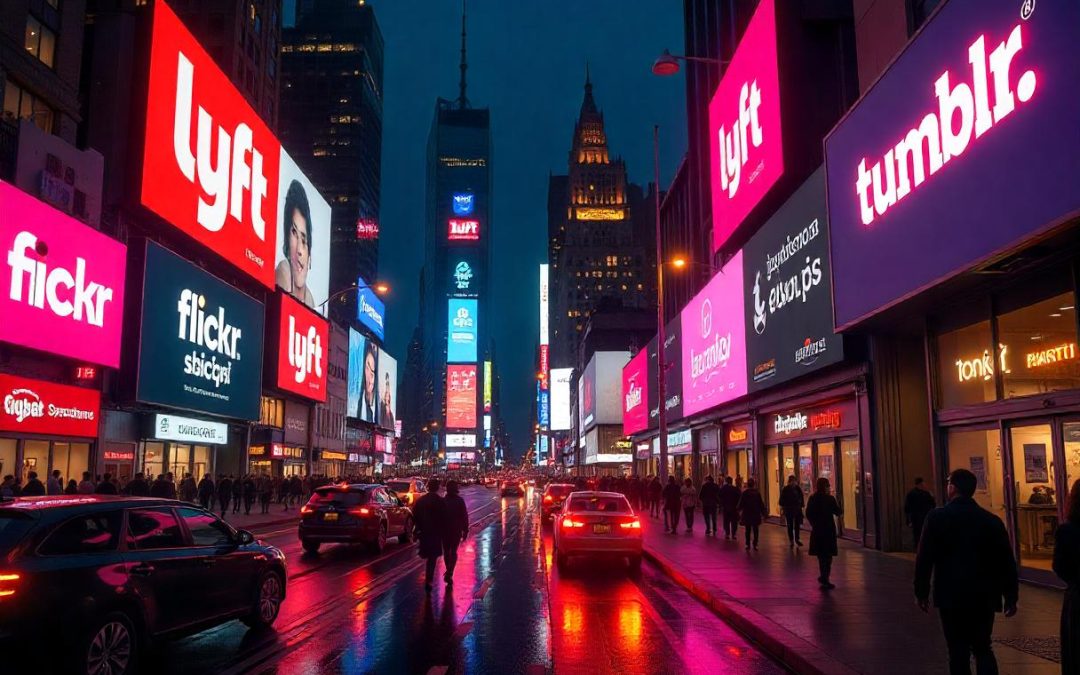Certain brand names might appear to be typos, but these misspellings are actually deliberate marketing ploys. Lyft, Flickr, and Krispy Kreme don’t mess with spellings for the heck of it—it’s a marketing strategy that makes sense in an overcrowded market.
One of the major reasons brands employ these ‘typos’ is to establish a distinctive identity. Common terms are typically trademarked, and it’s hard for emerging businesses to appropriate them. When companies alter spellings, they set an identifiably different name that’s simpler to trademark and legally safeguard. This process also assists in registering website domains since it can be tricky to find a suitable and available domain name in this era of the internet.
Misspellings also help make brands stickier. The name “Flickr” is much more noticeable than “Flicker,” and “Tumblr” sounds newer than “Tumbler.” These changes are perceived as creating a playful, inquisitive, or even elite feeling that can reinforce recall. Alternative spellings in certain instances provide cultural appeal—such as how “Krispy Kreme” has a Southern-style feel that “Crispy Cream” would not.
One more benefit of unusual spellings is worldwide versatility. Certain words are hard to pronounce in other languages, but a dynamically modified title can make a company easier to identify globally. It can also enable businesses to define an original personality, giving them a sense of novelty and trendiness instead of sameness.
So the next time you find yourself in the presence of a brand with a peculiar spelling, rest assured it’s not a typo—it’s a clever marketing move meant to leave a long-lasting impression.
#BrandingStrategy #MarketingTrends #UniqueBrands #BusinessGrowth #CreativeMarketing

